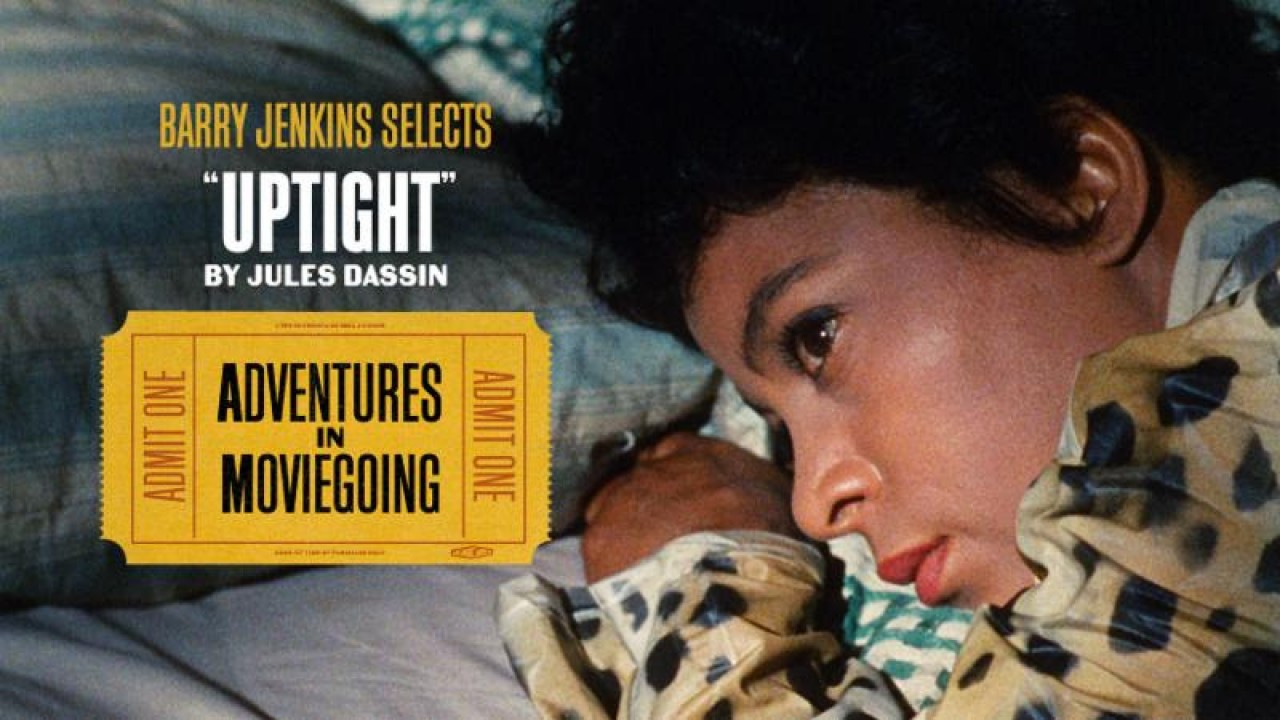RELATED ARTICLE
Life Meets Art in Uptight, Ruby Dee’s Groundbreaking Collaboration with Jules Dassin

Life Meets Art in Uptight, Ruby Dee’s Groundbreaking Collaboration with Jules Dassin
Share
In With Ossie and Ruby: In This Life Together, an autobiography cowritten by legendary creative and life partners Ossie Davis and Ruby Dee, Dee tells the story of working as a screenwriter on 1968’s Uptight. It’s a brief account, about ten paragraphs, but it’s characterized by her trademark graciousness and humility, and emphasizes her collaborative spirit while underplaying her unique contributions as an actor, political activist, and burgeoning writer. An incendiary adaptation of John Ford’s Pabst-like expressionist film The Informer (1935), Uptight features an all-Black cast and transposes a tale of the Irish Troubles to the era of Black liberation. Dee recounts the ease with which she worked with the director, Jules Dassin, and the satisfaction she derived from the writing process. She describes feeling emboldened by her “own involvement as a black woman, and as a human being in the Struggle,” which gave her “a wealth of people and experiences to draw on.” The movie remains a singular entry in her filmography, and her humanity, convictions, and life experiences shine through in every aspect with which she was involved: the dialogue, the casting, and her own performance.
The politically trenchant Uptight was a natural extension of what Dee had been striving to do since the early days of her career: to combine art with activism. After growing up in Harlem, she began her career with the vibrant, independent American Negro Theatre, led by actor and playwright Abram Hill and actor Frederick O’Neal, who were intent on building a creative platform for African American self-representation. An orphaned film called A People’s Playhouse Presented by the American Negro Theatre shows glimpses of the company at its Harlem location. (Uncertified in origin, but likely produced by the U.S. government’s Works Progress Administration circa 1945, the film was found in the Anthology Film Archives collection and preserved in collaboration with the Smithsonian National Museum of African American History and Culture in 2017.) Toward the end of it, we see Dee, in her early twenties, stepping out from behind a curtain as her post-synced voice asks for “your dimes and dollars” and the narrator explains: “This is the place where the people’s talent will train for the task to interpret the people’s struggle.”
Following the end of World War II, Dee, recently divorced, met Ossie Davis while working on a play. They married in 1948 and soon became further involved in various progressive and Black arts movements. As Dee’s career advanced, she and Davis became followers of Paul Robeson, the iconic performer who at that time was the leader of the Pan-Africanist Council on African Affairs, an anticolonialist group fighting segregation. Dee was also galvanized by the case of Ethel and Julius Rosenberg, and participated in a 1953 rally at Carnegie Hall that demanded clemency for them. By then, her reputation as a communist sympathizer was sealed, leading to her being blacklisted and summoned, along with Davis, before HUAC in 1958. But her fight for social justice never stopped, and she developed close relationships with both Martin Luther King (whose nonviolent tactics initially inspired her skepticism) and Malcolm X. Her familiarity with these two leaders and her knowledge of their divergent methods would go on to animate Uptight.







